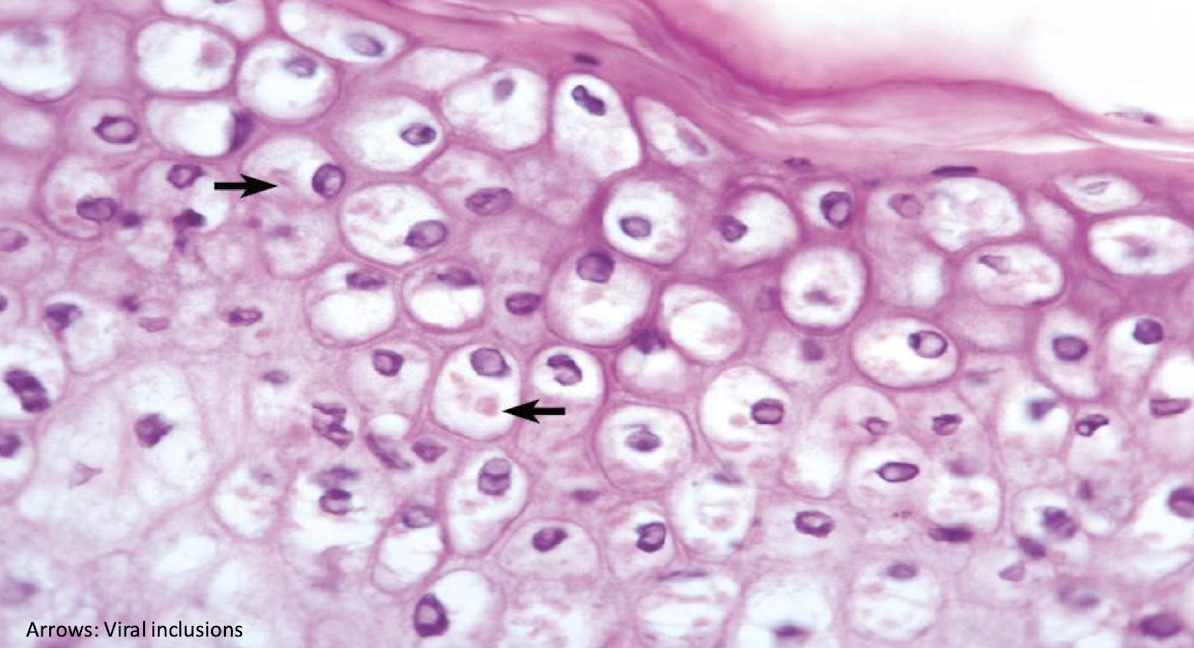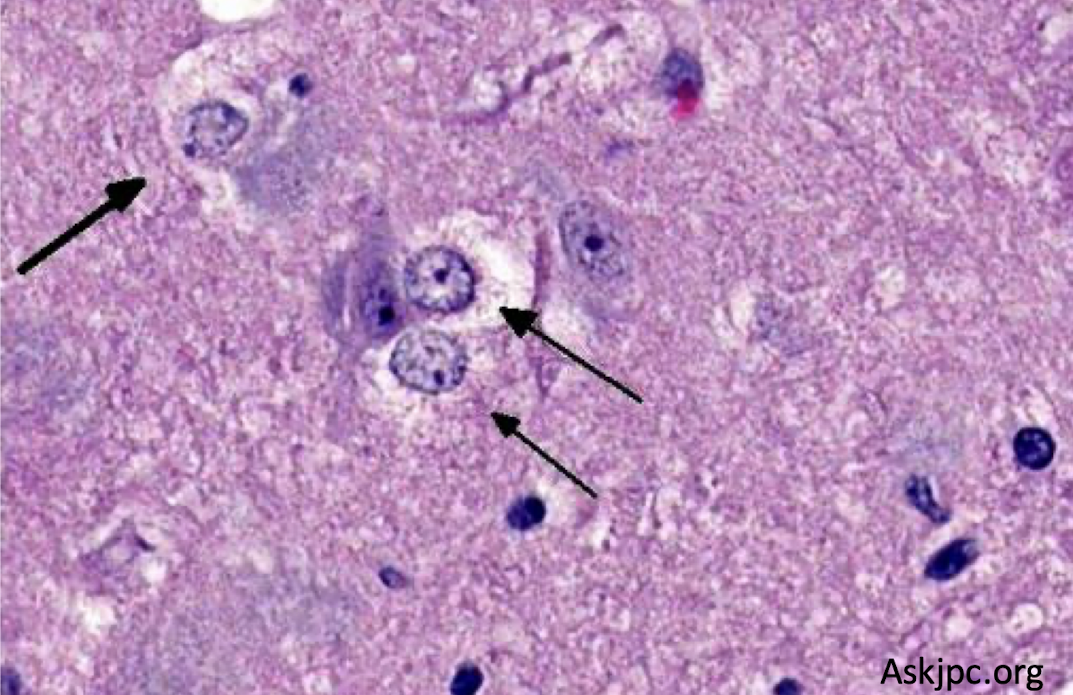2. Cell Injury: Review of the Normal Cell & Causes of Cell Injury
1/67
There's no tags or description
Looks like no tags are added yet.
Name | Mastery | Learn | Test | Matching | Spaced |
|---|
No study sessions yet.
68 Terms
The cell is a ________ structure.
complex
membrane bound structure that can be divided into functional units which are interconnected by a fluidic system of fusing and blebbing of these membrane bound structures
cell
the fluidic system of fusing and blebbing of the membrane bound structures that is interconnecting the functional units of the cell
cytocavitary network
What encloses the cell? What does this form? What does this do?
phospholipid bilayer; selective barrier; keeps certain items in selective spots, which helps determine cell function
Where are proteins made in the cell?
endoplasmic reticulum
Where are proteins packaged to other organelles or the plasma membrane?
the golgi
Where are organelles and membrane bound vesicles embedded within?
the cytosol
cytoplasmic matrix containing water, dissolved ions, and macromolecules (proteins, etc)
cytosol
The membrane bound structures interact with the ________, which is the structural network of the cell that helps in movement, cell division, and other biochemical pathways.
cytoskeleton
What are the 3 types of filaments within a cell?
M
I
M
microfilaments
intermediate filaments
microtubules
facilitate cell motility
microfilaments
provide physical strength to the cells, often via junctional complexes
intermediate filaments
move organelles and vesicles within the cytosol and chromosomes via the mitotic spindles
microtubules
place where DNA is stored, translated, and transcribed into RNA and is composed of chromatin surrounded by a bi-layered nuclear membrane with pores
nucleus
DNA coiled around histones
chromatin
What are the two types of chromatin?
E
H
euchromatic nuclei
heterochromatic nuclei
loosely coiled chromatin that is active transcription to mRNA
euchromatic nuclei
tightly coiled chromatin that is inactive
heterochromatic nuclei
What type of chromatin is present in very active cells?
euchromatic nuclei
found within the nuclei and is non membrane bound
nucleoli
What is the function of the nucleoli?
synthesis of rRNA
What does the prominence of nucleoli measure?
the cell’s synthetic activity (the more rRNA it is making)
ER that is continuous with the nuclear membrane and is lined by ribosomes
rough ER
What is the rough ER responsible for?
P
B
protein synthesis
basophilia of a cell’s cytoplasm
ER that has no ribosomes
smooth ER
What is the smooth ER important for?
metabolizing drugs, lipids, steroids, carbohydrates, and glycogen
What is significant about the cytoplasm of cells with abundant smooth ER, such as endocrine cells?
they will have pink, finely vacuolated cytoplasm
synthesizes and packing center for proteins to be exported out of the cell that takes the protein made by the ER and puts them into membrane bound vesicles
golgi apparatus
True or false: The golgi apparatus is not always visible by light microscopy within a cell. When it is visible, it is often due to a large production of proteins such as immunoglobulins.
true
What are the functions of the mitochondria?
P
I
C
C
C
produce ATP through oxidative phosphorylation
involved in apoptosis
cell signaling
cell differentiation
cell growth
What do lysosomes contain?
hydrolytic enzymes
Enzymes in lysosomes are synthesized by ________, processed and packaged in ________, released in vesicles from the ________ ________ into ________.
rER; golgi; golgi complex; cytosol
What do lysosomes aid in? How?
P
B
intracellular digestion
phagocytized particles
breakdown of organelles within the cell
True or false: A cell can be damaged functionally with no apparent morphologic alterations. This means they can be damaged but not see any damage microscopically.
true
What are the 4 major mechanisms of cellular injury?
D
P
D
D
depletion of ATP
permeabilization of cell membranes
disruption of biochemical pathways, especially protein synthesis pathways
DNA damage
Which mechanism of cellular injury typically begins the cascade?
depletion of ATP
True or false: There can be multiple mechanisms of injury at the same time, and it is often an interplay between these mechanisms.
true
While causes of cell injury are too numerous to count, what is a scheme to think of?
D
A
M
N
I
T
V
degenerative
anomalous/aging
metabolic
nutritional/neoplastic
infectious/inflammatory
trauma/toxic
vascular
What is the most common and important cause of cell injury?
hypoxia
state of decreased O2
hypoxia
Describe what happens when in an hypoxic state, leading to death.
no oxygen → mitochondria have to shift from aerobic to anaerobic respiration → less ATP is made → less ATP causes the Na+/K+ ATPase to not function properly → causes Na+, H2O, and Ca2+ in and K+ out → this will lead to death
if long term, anaerobic glycolysis will lead to death
Describe another route that can happen in hypoxia.
no oxygen → mitochondria have to shift from aerobic to anaerobic respiration → can lead to reversible injury, where if the insult is removed, the cell will live
What are causes of hypoxia?
C
R
R
I
What is the main causes that begins the cascade?
cardiac or respiratory failure
reduced vascular perfusion (ischemia)
reduced oxygen transport by erythrocytes (anemia, carbon monoxide poisoning)
inhibition of respiratory enzymes within the cell (cyanide toxicosis)
cardiac or respiratory failure
form of hypoxia due to reduced vascular perfusion
ishcemia

What is this an example of?
reduced vascular perfusion/ischemia
What can ischemia result in?
reperfusion injury
restoration of blood flow to a site, especially when there was a lot of anaerobic respiration
reperfusion injury
What can reperfusion injury result in?
the formation of free radicals, also known as reactive O2 species (ROS)
What are examples of reactive oxygen species?
S
H
H
superoxide anion (O2-)
hydrogen peroxide (H2O2)
hydroxyl radical (HO-)
Free radicals are commonly formed during ________ ________ and function as ________ ________ molecules, which affect cell ________ and ________.
oxidative phosphorylation; cell signaling; proliferation; survival
Where are ROS generated in?
N
M
P
E
O
nucleus
mitochondria
peroxisomes
ER
other organelles
True or false: Imbalances in these ROS, such as high numbers, counteracts the antioxidants resulting in oxidative stress and damage to DNA, RNA, cell membranes (lipid peroxidation), proteins (oxidation of AA), and deactivation of specific enzymes.
true
What are the free radical’s arch enemy?
superoxide dismutase
What are other things that will counteract free radicals?
G
V
V
glutathione peroxidase
vitamin E/selenium
vitamin C
What will the free radical’s arch enemies turn them into?
water
What will happen if a cell responds to reversible cell injury?
adaptation will occur and can sometimes improve or benefit the cell
What happens if irreversible cell injury occurs?
cell death will ensue
What is a response to both reversible and irreversible cell injury?
acute cell swelling
True or false: It can be difficult to distinguish between cells which will recover or die both grossly and microscopically.
true
What is the most common cause of acute cell swelling?
hypoxia
What are other causes of acute cell swelling?
D
B
D
direct injury to the cell membrane (from lipid peroxidation from ROS)
binding of toxins
damage to ion channels or transmembrane pores
when hepatocytes and renal epithelial cells swell
hydropic degeneration
cell swelling that occurs in keratinocytes/skin
ballooning degeneration
cell swelling in astrocytes/brain
cytotoxic edema

What is this an example of? What are the arrows pointing to?
ballooning degeneration in skin; cytoplasmis eosinophilic viral inclusions due to pox virus
Grossly, how can cell swelling appear?
I
I
increased volume and weight of an organ
increased pallor

What is this an example of?
hydropic degeneration

What is this an example of?
cytotoxic edema